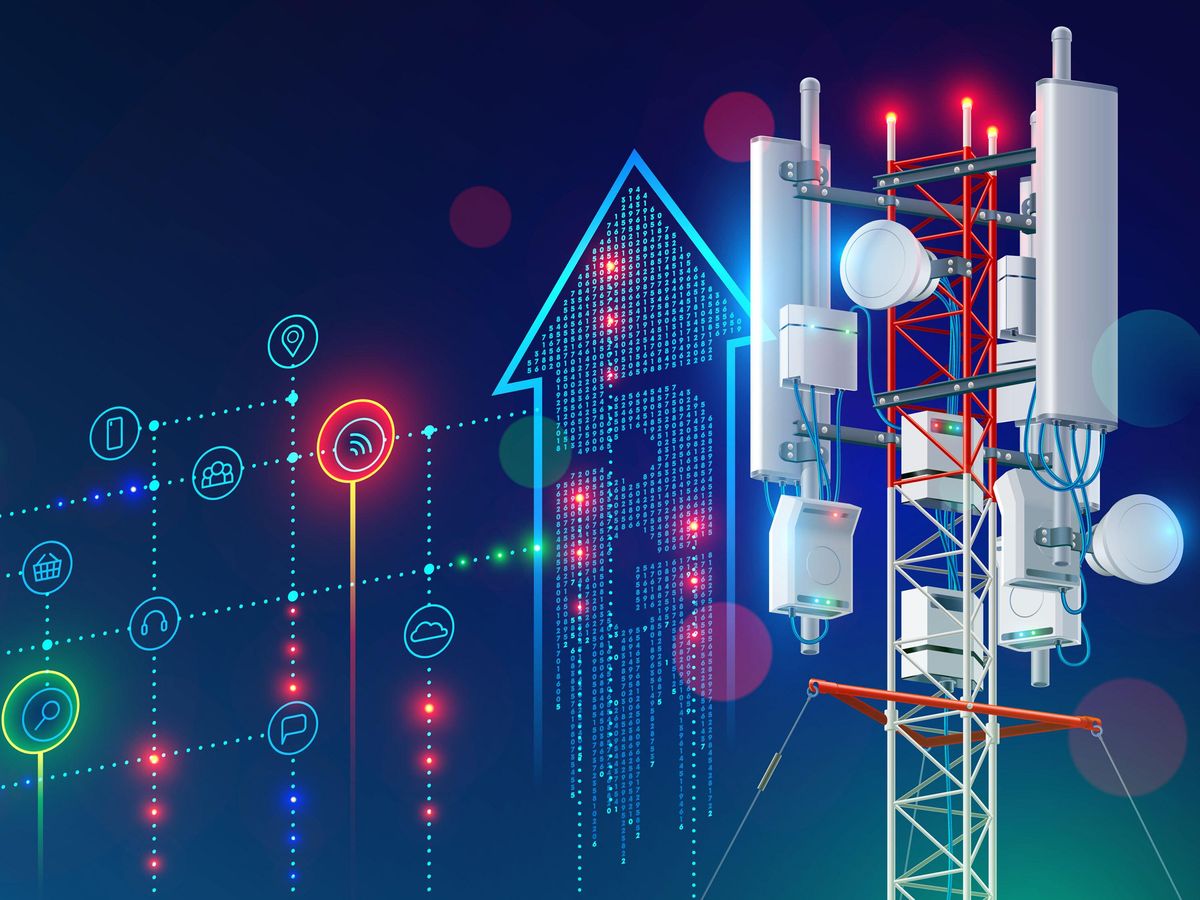What are today’s tech leaders concerned about? Trying to maintain strong cybersecurity for a hybrid workforce and protecting their systems from cyberattacks as more and more employees’ personal devices have been connected to the company’s systems. The tech leaders also are trying to find enough technologists to fill job openings.
Those are some of the findings from “The Impact of Technology in 2022 and Beyond: An IEEE Global Study.” In October the organization surveyed 350 CIOs, CTOs, IT directors, and other technology leaders in Brazil, China, India, the United Kingdom, and the United States. They work for companies with more than 1,000 employees in sectors including education, energy, financial services, health care, insurance, retail, and technology.
In addition to the impact of the COVID-19 pandemic on the workplace, the survey asked respondents to weigh in on using technologies such as augmented reality, virtual reality, and mixed reality; blockchain; 5G; and robots.
PANDEMIC IMPACT
Nearly half of the leaders surveyed said they expect the number of devices connected to their systems to increase so significantly and rapidly that keeping track of them will eventually become unmanageable. Smartphones, tablets, sensors, robots, and drones used by employees have almost doubled since 2020.
The proliferation could cause data centers and the cloud to become more vulnerable to attacks, the tech leaders said.
But the vast majority—92 percent—said they believe that compared with 2020, their company is better prepared to respond to a potentially catastrophic interruption such as a data breach or natural disaster. They credit the pandemic for their preparedness.
The pandemic also has led IT departments to work more closely with their company’s human resources departments on programs such as office check-ins; space usage data and analytics; and employee productivity, engagement, and mental health.
Tech companies are facing a labor shortage. More than 70 percent of the leaders said recruiting technologists to fill job openings is a challenge.
Because of the pandemic, respondents (60 percent) sped up their adoption of cloud computing; artificial intelligence and machine learning (51 percent); 5G (46 percent); and augmented reality, virtual reality, and mixed reality (31 percent).
Nearly 70 percent said they are struggling with what technologies their company will need in the future.
AR, VR, and MR
The leaders surveyed said they are using augmented reality, virtual reality, and mixed reality for such applications as data visualization and manipulation in 3D, virtual meetings and conferences, employee training, and sales gamification.
“The most prominent examples are in medical school[s], where students can visualize organs and procedures,” IEEE Member Antonio Espingardeiro said in an IEEE Transmitter interview about the results. He is a robotics and automation expert at Salford University, in England. “Other scenarios involve maintenance procedures. In aviation, assembling and disassembling parts is a complex task. VR can serve as a kind of instruction manual.”
BLOCKCHAIN
Blockchain technology is a way to keep records of transactions or exchanges of data without relying on a central authority. The platform tracks cryptocurrency use through a distributed ledger. Sixty-one percent of the respondents said they would use the technology for machine-to-machine IoT interactions. More than half would use it for contactless digital transactions and tracing shipments, and almost half would use it to keep medical records in the cloud.
IEEE Member Yiannis Psaras told IEEE Transmitter that blockchain applications are countless. He is a research scientist at Protocol Labs in London.
“I believe we’ll start seeing their impact in finance, data storage and management, and privacy-preserving technologies, among others,” Psaras said.
5G
Respondents (24 percent) said 5G will benefit telemedicine, remote surgery, and health record transmissions; remote learning and education (20 percent); day-to-day communications (15 percent); and entertainment, sports, and live-event streaming (14 percent).
IEEE Member Filipe Emídio Tôrres told IEEE Transmitter that 5G “will allow better use of technologies in parallel, such as blockchain, IoT, data science, artificial intelligence, and machine learning.” Tôrres is a biomedical engineer and entrepreneur.
ROBOTS
Within the next five years, more than 80 percent of those surveyed said, one quarter of their operations will be improved with the use of robots. They said they expect that in 10 years, that percentage will increase to half. They said robots most likely will benefit areas such as manufacturing and assembly, hospital and patient care, and Earth and space exploration.
A majority either currently use drones or plan to do so in the next five years for security, surveillance, and threat prevention.
THE FUTURE
Sectors expected to be most impacted by technology in the year ahead are manufacturing, financial services, health care, and energy, the leaders said. A majority noted that implementing smart building technologies that benefit sustainability, decarbonization, and energy savings is a priority at their organization.
“Financial technology will provide more people with access to banking services and the ability to invest,” Paul Kostek, a systems engineering consultant and IEEE senior member, told IEEE Transmitter. “In the energy sector we can look forward to the continued development of green tech. Wind, solar, and microgrids will provide reliable power while providing [a] means to limit [the] impact of climate change. In health care we will see an expansion of the use of telehealth robotic surgery and wearables.”
You can read the full report on IEEE Transmitter.
Kathy Pretz is editor in chief for The Institute, which covers all aspects of IEEE, its members, and the technology they're involved in. She has a bachelor's degree in applied communication from Rider University, in Lawrenceville, N.J., and holds a master's degree in corporate and public communication from Monmouth University, in West Long Branch, N.J.



